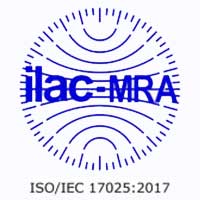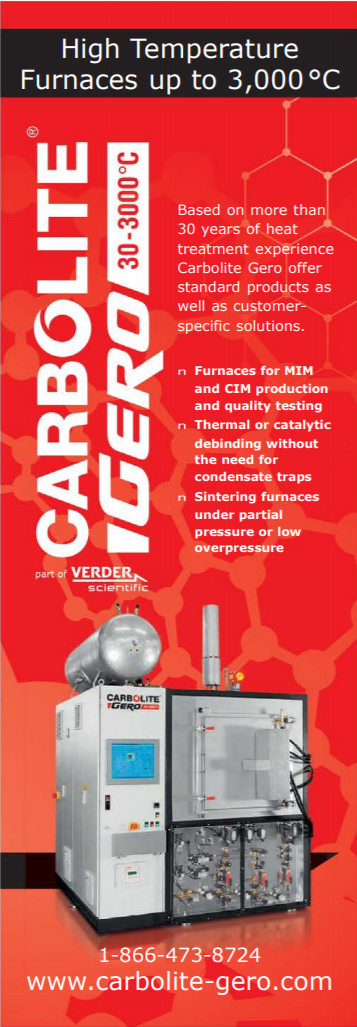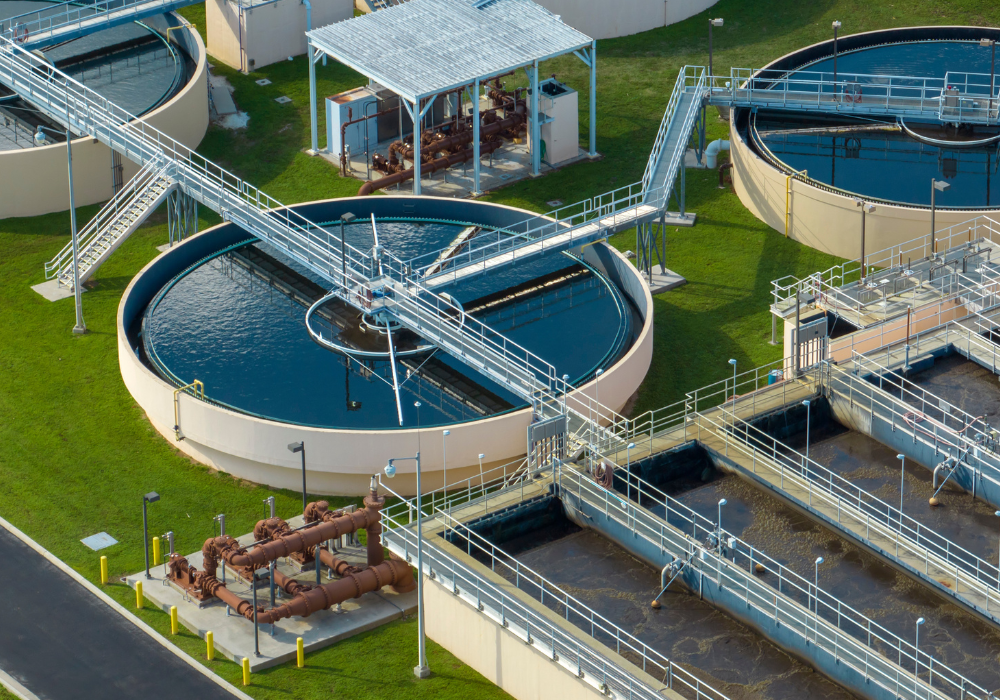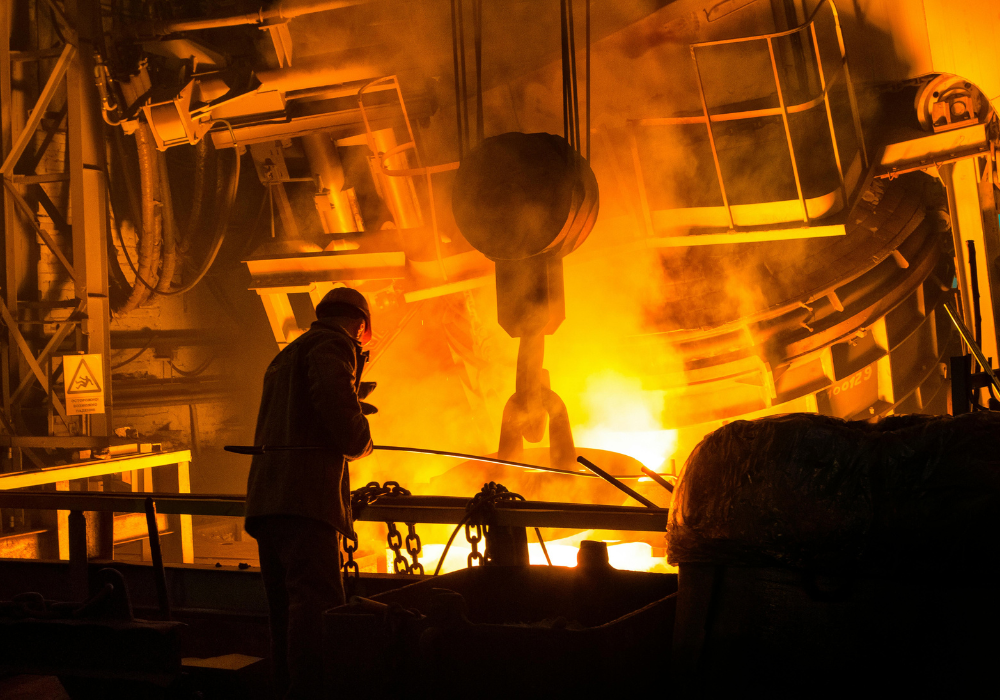






Contact Us

Temperature Transmitters
Wire Harnesses
Temperature Sensors
Fiber Optic Sensor Systems (Partner Company)
Thermocouple/Extension Wire
Temperature and Process Controllers
Specialty Metals
Whitepapers / When Thermocouples Fail


If you lose a temperature sensor, you replace it. What’s the big deal? Just call your vendor, order a replacement, install it and get back online. Or if it happens often enough, maybe you have them on hand so that there is minimal downtime. As previously noted, every time you have an unscheduled shutdown it means money. Either you lose production time or you lose product.
So, why and how do temperature sensors fail? There are any number of ways a thermocouple can fail. It can short out, the sheath can fail, it can be damaged during operation or installation, it can be improperly installed, etc. The key is to perform a thorough root-cause analysis and prevent the failure again in the future, if possible.
- The probe/sheath design
- possible-failures-point-1.1
- possible-failures-point-1.2
- possible-failures-point-1.3
- The wire or thermocouple junction itself
- The wire or thermocouple junction itself
- The wire or thermocouple junction itself
We typically view the probe as a very robust device (Fig. 1). It is often made of special materials that we associate with being very rugged: stainless steel, molybdenum, tantalum, zirconia and other ceramics. Even though these materials are very robust, they have their own limitations and need to be used in the proper environments.
34 JUNE 2016 IndustrialHeating.comFor example, molybdenum has excellent mechanical properties at elevated temperatures. It can also be used in reducing or neutral atmospheres, where it is fair in hydrogen and inert atmospheres but poor in oxidizing atmospheres. It also has superb thermal shock resistance and can have a long life at high temperatures in vacuum. Molybdenum will react with oxygen above 800°F (427°C).
Tantalum, on the other hand, has to be protected from gases such as oxygen and nitrogen at temperatures above 570°F (300°C). As with molybdenum, it is best used in reducing,


neutral atmospheres or in a vacuum environment. Tantalum does handle applications where there are repeated thermal cycles. In general, it is also highly corrosion resistant and good for acids (except hydrof luoric acid).
Tungsten has the best strength at high temperatures of all the refractory metals, plus it has good abrasion resistance. It can be used in hydrogen, dry argon and helium at all temperatures, but tungsten is not recommended for use in oxygen environments because it will degrade in a few hours. Lastly, it requires special handling due to brittleness.
Stainless steel 304 is the most economical and resists oxidation to 1652°F (900°C). Inconel 600 has excellent resistance to stress corrosion cracking and is good to 2000°F (1150°C). Typical sheaths are shown in Figure 2.
An examination of the probe structure requires that we evaluate the probe, its design and how it is being applied. We may f ind that we are pushing the limits of the probe we are currently using and need to make a change. Talk with your vendor and make sure to describe how you intend to use their product. Taking the time to discuss other more-rugged probe designs may ultimately lead you to less failures and cost savings.

- Is the right OD or termination design selected for the temperature sensitivity?
- Do you need to add support for longer lengths of the thermocouple?
- Are the insulators correctly specified?
- Is the correct wire type being used for the temperature range of interest?
- Could the wire be broken, causing an open circuit (Fig. 3)?
- Could a short between the TC wires at a location other than at the TC junction have occurred? This may be due to the plating out of a conductive material, mechanical damage, moisture, etc.
- Is it properly installed? The failure to leave room for thermal expansion or contraction of the wires can lead to an open condition via a broken wire.
- Are you using the right type of junction (exposed tip, grounded junction, ungrounded junction)?
- Has the probe become mechanically damaged in a way that prevents proper operation?
Something as simple as one TC wire touching the other at the terminals can lead to a working TC reporting the wrong temperature. Most terminal strips are designed to prevent this by putting barriers between the positive and negative terminals, but in an industrial setting, mishandling of those terminal strips can lead to broken barriers and a short.
We often ignore something as simple as the extension wire and how we get the signal from the probe back to the control system. It is only wire on its way back to the readout device, right? That is certainly true, but something as simple as a nick in the insulation over time can lead to a short. With some thermal- expansion and thermal-contraction cycles, we have all the right conditions for a short to occur.
The chances for something to go wrong with the wiring is slim, but it needs to be considered if you have exhausted all of the other potential failure modes and still not found the root cause.
Connectors or terminations are a key part of system wiring. Many times, the connectors’ mating halves are reused without consideration of whether they are corroded. In general, it is best to use a new set of connectors (male and female) when changing out the thermocouple.
Connectors are low-cost but can be a critical part of the overall system performance. Bad connectors can lead to errors, making it appear to be a sensor failure when it is really a connector or other part beyond the sensor itself.
34 JUNE 2016 IndustrialHeating.com 34 JUNE 2016 IndustrialHeating.com
34 JUNE 2016 IndustrialHeating.com Electronics often fail in a catastrophic way, and their failure is obvious – they don’t turn on or start. These failures are easy to find, but other operational issues prior to the failure of the equipment are much harder to evaluate.
Electronics do need to be checked for proper function. A simple test is to place the TC in an ice bath and see if the system reports 0°C (32°F). Or attach the wires to a handheld device and see if the same or different temperatures are reported.
We have seen instances where the electronics are incorrectly matched to the thermocouple type. It may seem obvious, but it happens more frequently than you might think. In particularly noisy environments, noise may overwhelm the signal from the sensor, creating what appears to be incorrect temperature readings. Some connectors have built-in ferrite f ilters for this purpose, but this is generally a very expensive solution when good installation practice can prevent this from happening.
The right choice and programming of a “hockey-puck” transmitter can also help to reduce the need for expensive thermocouple extension wire, but it does add the cost of the transmitter and the thermowell, a trade-off driven by the application and the system complexity.
With advances in materials processing, demands for new materials and high-temperature furnaces, there are situations where the current technology for thermocouple sheaths and coatings is being pushed to its limit.
In these types of situations, you need to consider if it is cheaper to regularly replace the thermocouples or wait until a failure occurs and then replace them. For example, many batches of specialty materials can cost upward of $100,000 or more. Do you want to risk losing all or part of a batch of materials because a $1,500 thermocouple fails? The answer is more than likely no.
Finding the true root cause for a thermocouple failure and eliminating it is important. It can lead to cost savings and reduce system downtime
© 2025 Nanmac Corporation








